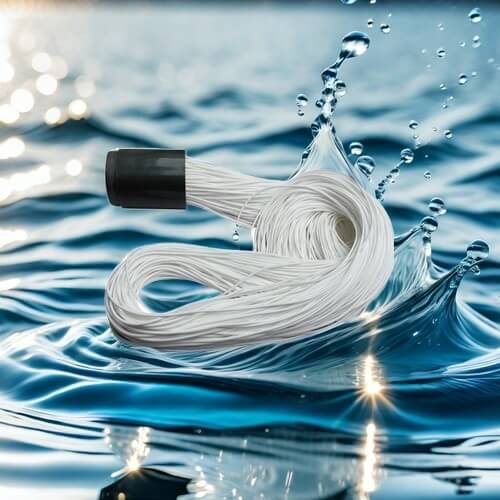Wastewater treatment method for chloropyrimidine production
The wastewater generated during the production process of chloropyrimidine contains various organic pollutants, and the processes for treating this wastewater usually include the following methods:
1. Physical and chemical treatment
Coagulation precipitation: By adding coagulants, suspended solids are aggregated and precipitated to remove solid particles and some organic matter from water.
Air flotation method: using bubbles to lift suspended solids, thereby removing oil and suspended solids from water.
2. Biochemical treatment
Anaerobic digestion: Under anaerobic conditions, anaerobic microorganisms decompose organic matter into methane and carbon dioxide. This method is suitable for treating high concentration organic wastewater and can effectively reduce COD and BOD values.
Aerobic treatment: Further degradation of residual organic matter in the presence of oxygen through methods such as activated sludge or biofilters.

3. Combination process
Anaerobic aerobic combined process: Firstly, anaerobic reactors are used to treat wastewater, reducing organic load, and then it enters aerobic reactors for further treatment. This method can improve overall treatment efficiency while reducing sludge production.
4. Deep processing
Activated carbon adsorption: used to remove pollutants such as color, odor, and heavy metals from water, ensuring that the effluent quality meets the standard.
Membrane filtration technology: further removing fine particles and soluble pollutants through ultrafiltration or nanofiltration membranes to improve effluent quality.
The selection of these processes is based on specific wastewater composition, concentration, and local environmental requirements. A reasonable wastewater treatment plan can not only protect the environment, but also achieve resource recycling.
